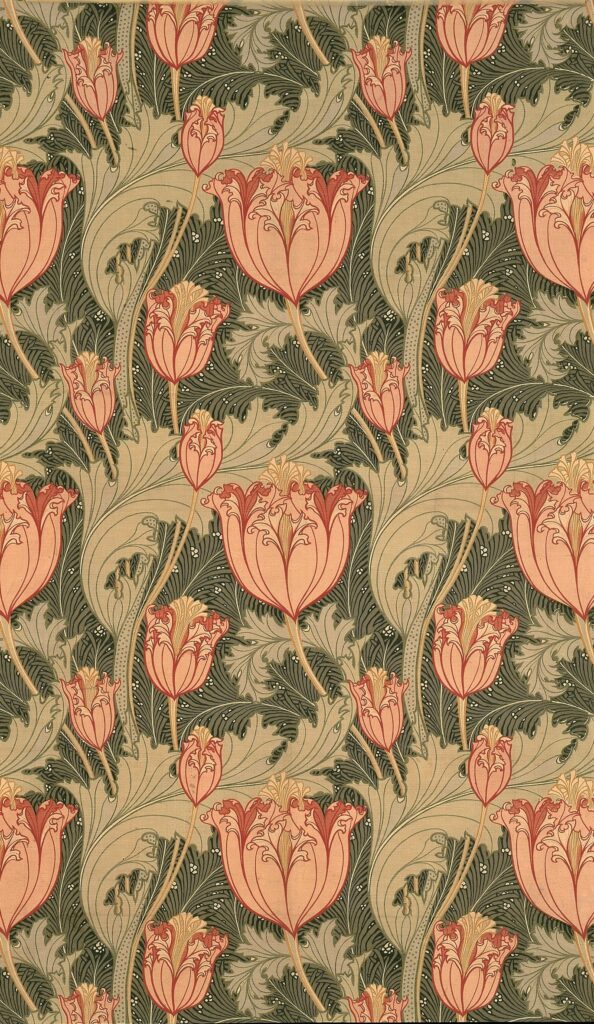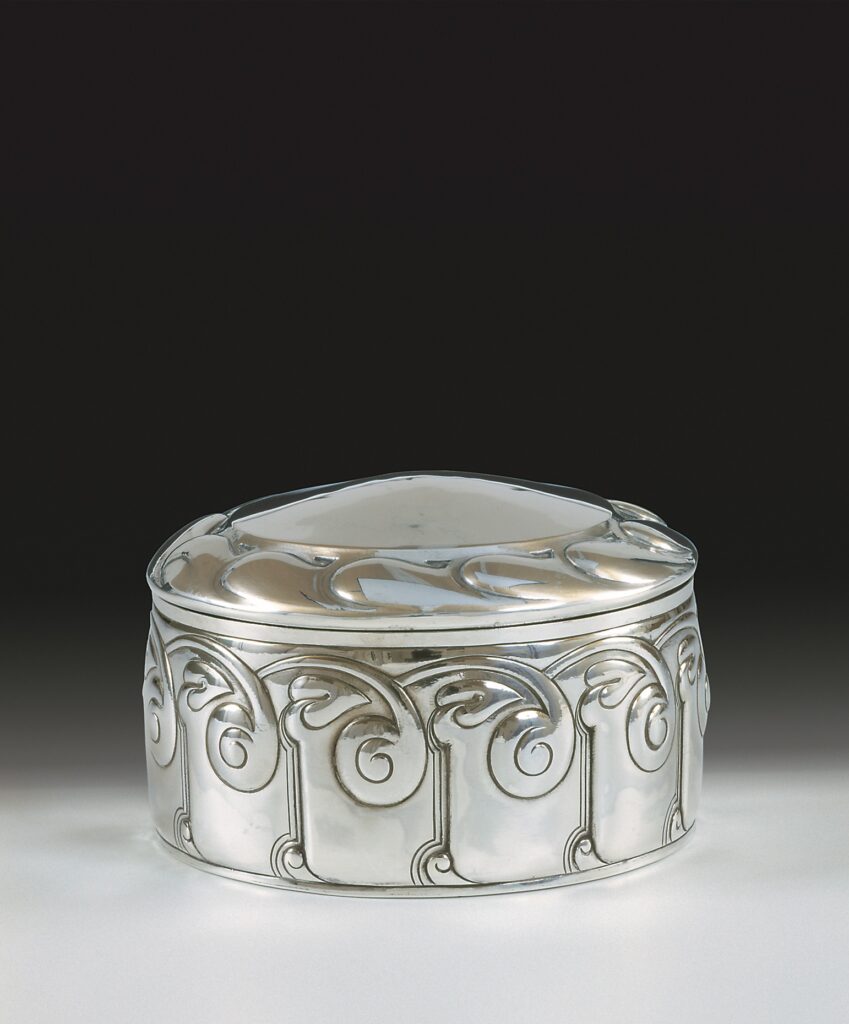Reform of Life
& Henry van de Velde mittendrin
In the late 19th century the Art Nouveau movement constituted an attempt at reform through art, at a time when industrialisation’s negative social and environmental effects could no longer be ignored. Across Europe, »apostles of the New Style«, such as the extraordinary Belgian artist Henry van de Velde, spread their convictions of an artistically-designed environment that would improve people’s lives. Van de Velde designed three houses and multiple interiors in Chemnitz, foremost Villa Esche, as an architectural and design synthesis of the arts. In the sense of Friedrich Nietzsche’s »good European«, the artist modelled his own desire for renewal on that of the English Arts and Crafts movement, ultimately becoming one of the most important trailblazers of the Bauhaus through his practical and theoretical work.
The exhibition is dedicated to the visionaries, producers and retailers in art between 1880 and 1930, of which Henry van de Velde was one of that group’s major representatives. In his role as artist, teacher, author and consultant, he served as a link between the Arts and Crafts movement, Art Nouveau, Deutscher Werkbund and Bauhaus. At two exhibition venues – Kunstsammlungen am Theaterplatz and the Henry van de Velde Museum in Villa Esche – the show traces the path of the reform art movements as it coursed between idealism and failure. Through a selection of furniture, textiles, graphic prints and paintings, the exhibition reveals the connections between artists such as Henry van de Velde, William Morris, Richard Riemerschmid, Erica von Scheel, Marcel Breuer and Otti Berger.



